«Phädon», or «On the Immortality of the Soul»
Extraits

Philosophie
«Phädon», or «On the Immortality of the Soul»
12/2006

Histoire et Philosophiesophie
The Undergrowth of Science. Delusion, self-deception and human frailty
01/2000

Sciences politiques
The Structure of Political Communication in the United Kingdom, the United States and the Federal Republic of Germany
11/1987

Tourisme étranger
Moroccan tracks Volume 11. The sagho djebel
08/2022

Littérature française
Les inventeurs. Essai
02/2017
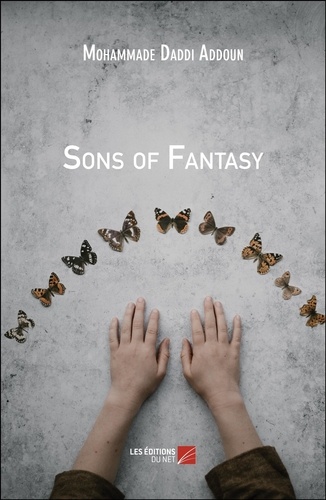
Littérature française
Sons of Fantasy
08/2018
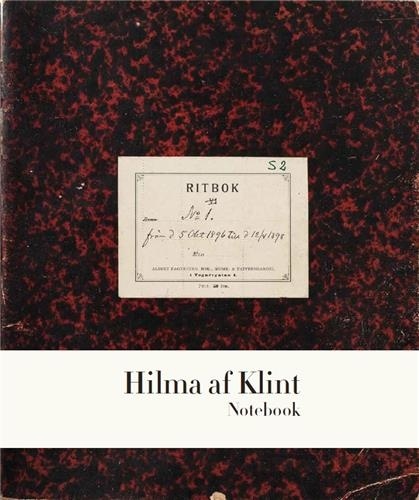
Monographies
Hilma af Klint. The Five Notebook 1
01/2022

Littérature française
Saint Shuddhananda Bharati A visionary
11/2013

Policiers
Goebius' Strange Model
01/2020
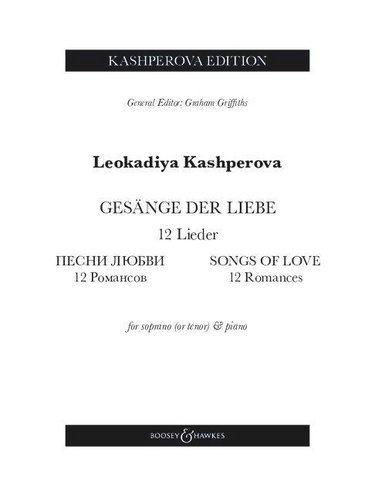
Musique classique
Songs of Love. 12 Romances. 12 Lieder. Soprano (tenor) and piano.
12/2023

Critique littéraire
Ancient Greek by Its Translators
02/2022
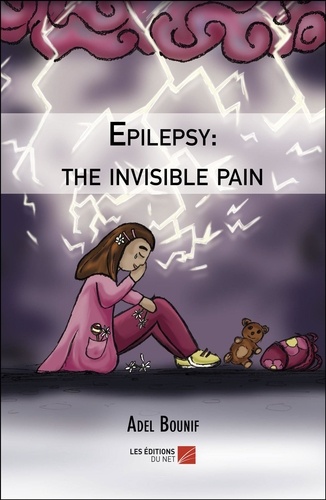
Poésie
Epilepsy: the invisible pain
01/2019

Religion jeunesse
The beautiful dolls of Julia are getting married. Numéro 22
10/2018

Religion jeunesse
The beautiful dolls of Julia are celebrating the assumption of the blessed virgin Mary. Numéro 15
05/2019
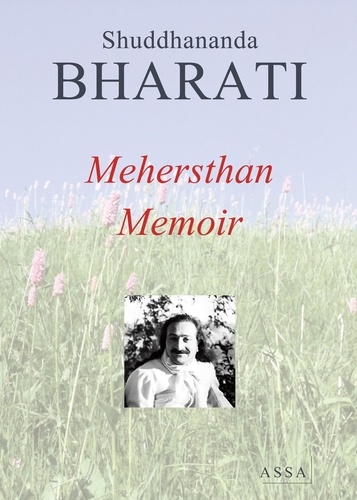
Littérature française
Mehersthan Memoir (Meher Baba)
07/2017

Non classé
The Concept of Man in Igbo Myths
11/1999

Beaux arts
New worlds
10/2012
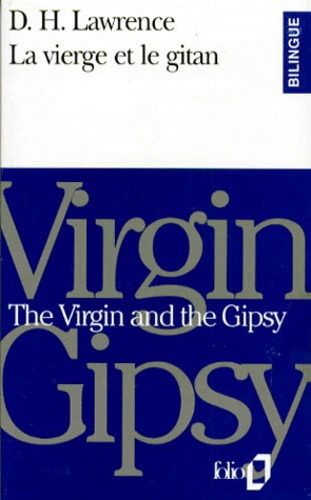
Anglais apprentissage
LA VIERGE ET LE GITAN : THE VIRGIN AND THE GIPSY
02/1993

Histoire et Philosophiesophie
Thinking about Physics
01/2000

Non classé
Living in Two Worlds
05/1994
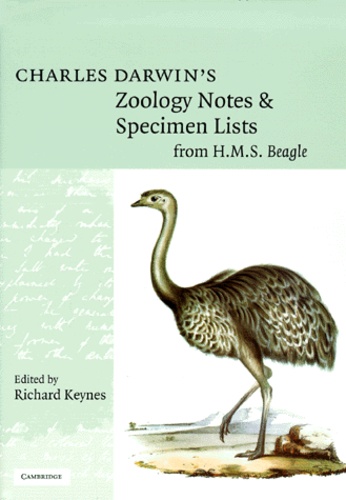
Histoire et Philosophiesophie
Charles Darwin's Zoology Notes & Specimen Lists from H.M.S. Beagle
01/2000
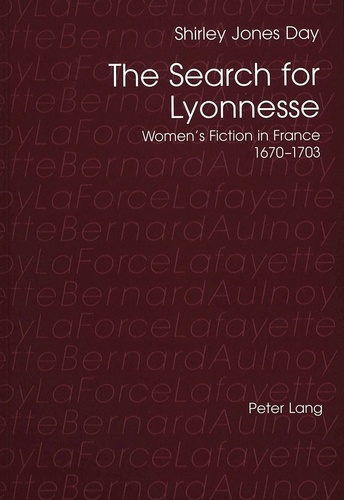
Non classé
The Search for Lyonnesse
07/1999

Droit
Activation Policies for the Unemployed, the Right to Work and the Duty to Work
06/1987
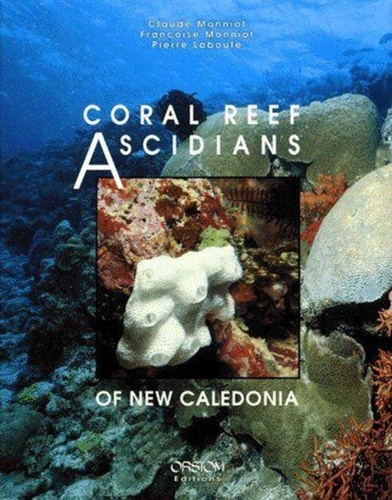
Sciences de la terre et de la
Coral reef ascidians of New Caledonia
08/1991

Non classé
Temporal Logic, Omniscience, Human Freedom - Perspectives in Analytic Philosophy
09/1991
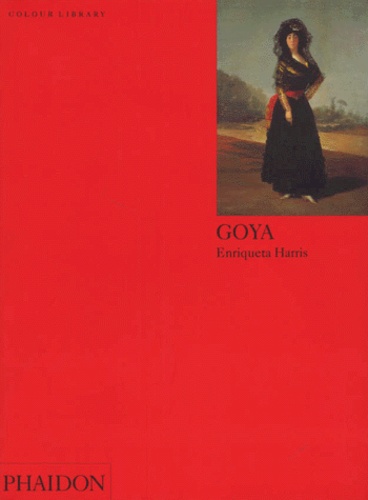
Beaux arts
GOYA. Edition en anglais
01/1994
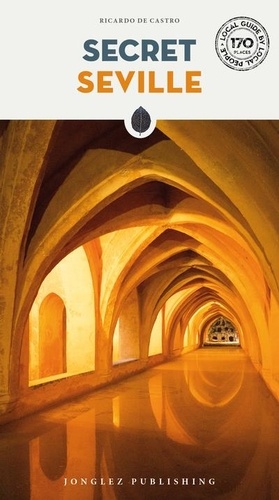
Espagne
Secret Seville
04/2022

BD tout public
I am GooGol - The Great Invasion
12/2010
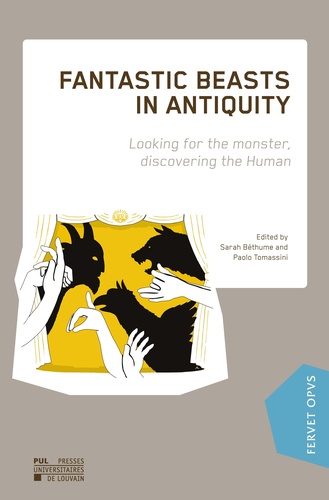
Archéologie
Fantastic Beasts in Antiquity. Looking for the monster, discovering the Human, Textes en français et anglais
02/2021
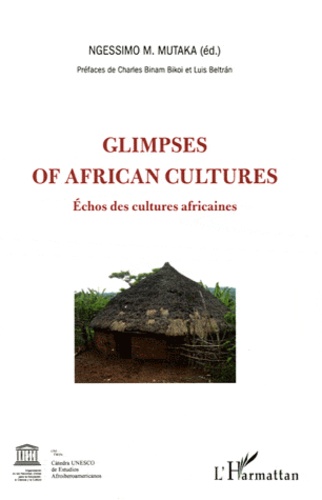
Ethnologie
Glimpses of african cultures. Echos des cultures africaines, Edition bilingue français-anglais
04/2011


